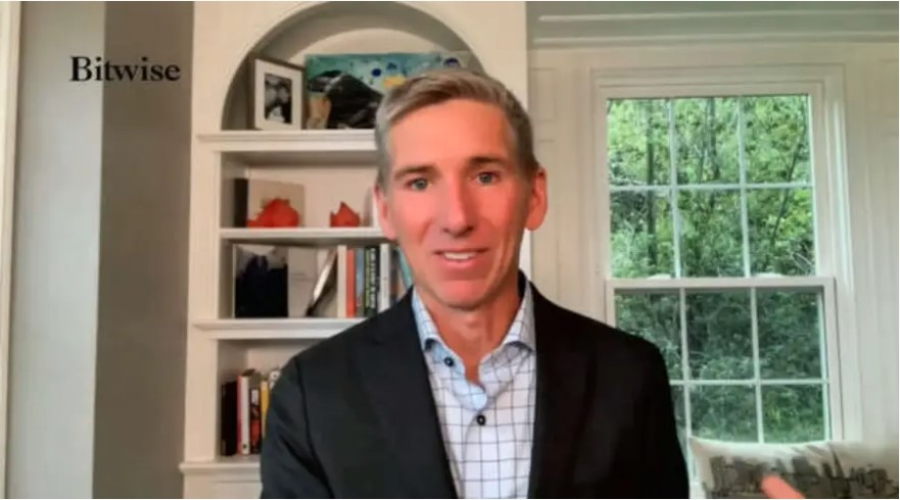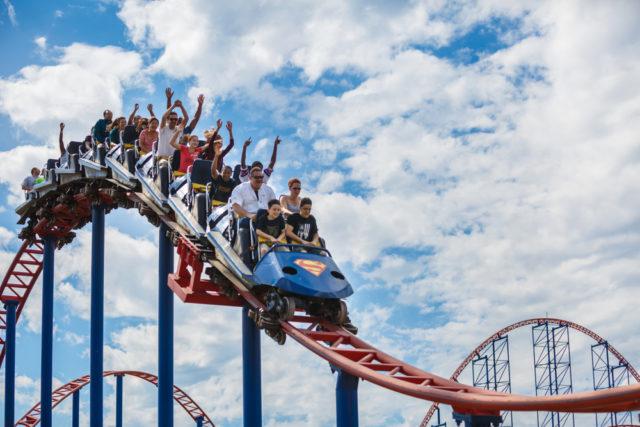Lose weight, strengthen muscles, strengthen bones, increase flexibility and mobility, increase lung capacity, improve sleep, prevent diseases… the list of benefits provided by practicing physical activities seems to be endless — and if they happen outdoors free, even better.
According to a study published in the American Journal of Lifestyle Medicineexternal environments encourage people to move more and improve, among other things, immune function, the body’s resilience to the effects of the weather and pain control.
Those who exercise outdoors also see gains in cognitive function, are in a better mood, less anxious, feel better, have reduced stress and feel happier.
These benefits are also perceived by those who exercise in general, but are magnified for those who choose open spaces. “In fact, scientific evidence shows that carrying out physical activities outdoors provides greater gains, especially in relation to cognition, involving attention and memory at work, and perception of well-being, compared to physical activities carried out indoors. ”, says physical education professional Brendo Faria Martins, specialist in exercise physiology at the Einstein Sports and Rehabilitation Space, at Hospital Israelita Albert Einstein.
Among the explanations for this is the fact that exposure to sunlight and the natural environment increases satisfaction and energy and increases vitamin D levels, which helps regulate substances such as serotonin, a neurotransmitter related to mood and well-being. be. Furthermore, the variation in terrain and contact with nature provide an additional challenge, which makes the activity more engaging and can even make people enjoy exercise.
The same goes for those who live in big cities. “Integrating outdoor exercise into your daily routine, such as walking or cycling to work, is a practical and effective way to stay active and obtain all these benefits, even when the time available for training is limited”, suggests the doctor. sports and orthopedist Thiago Viana, member of the Brazilian Society of Exercise and Sports Medicine (SBMEE) and the Brazilian Society of Orthopedics and Traumatology (SBOT).
However, for gains to be consistent, it is important to maintain exercise consistency and, in this case, the weather can be a problem: conditions such as rain, intense cold or heat can make working out outdoors less attractive and even unsafe.
So that this does not affect the regularity and quality of practice, it is important to have alternative plans for days with unfavorable weather conditions, such as going to the gym or having equipment at home. “In addition, you can choose activities that don’t require a lot of space or accessories, such as calisthenics, yoga, pilates or circuit training”, suggests Viana.
It is also recommended to have a flexible weekly exercise schedule, taking into account weather changes and including recovery days or light training when the weather is not favorable.
Practical care
Safety is a point of attention when working out outdoors. “When going out to play a sport, it is important to inform someone else about the route and estimated return time, ensuring that someone knows the exercise plan and where you will probably be if it takes longer than expected to return”, suggests Martins. In addition to an emergency contact, also try to choose well-known, well-lit locations, especially when exercising at less conventional times.
Another tip is to keep an eye on the floor of the place where you are going to do physical activity. This is because, in addition to having more impact outdoors, the ground tends to be uneven and full of obstacles such as tree roots, which can cause accidents. If you’re going to break a sweat near busy streets, it’s best to wear reflective clothing and accessories to avoid going unnoticed. It is also interesting to escape places with a lot of pollution.
“For people with pain during exercise, it is recommended to take some specific precautions, such as avoiding uneven surfaces and opting for level ground to reduce stress on joints. It is best to choose routes with a lower incline, as steep climbs and descents can increase discomfort in these parts of the body”, says Martins. This also applies to the elderly: strengthening muscles and doing activities that improve balance helps prepare the body, preventing injuries.
Finally, avoid peak summer heat hours, apply sunscreen (even when the weather is overcast or cold), wear clothes appropriate to the temperature and, of course, be sure to hydrate well.
Does exercising at night affect your sleep? Study suggests that no
This content was originally published in Exercising outdoors helps alleviate pain and stress, says study on the CNN Brasil website.
Source: CNN Brasil
I am an experienced journalist and writer with a career in the news industry. My focus is on covering Top News stories for World Stock Market, where I provide comprehensive analysis and commentary on markets around the world. I have expertise in writing both long-form articles and shorter pieces that deliver timely, relevant updates to readers.







